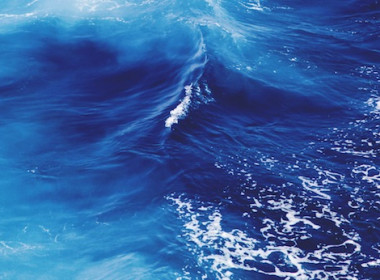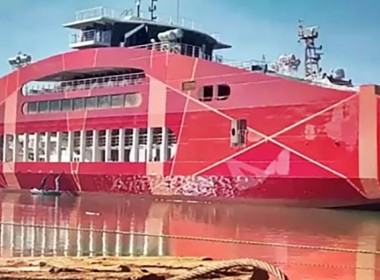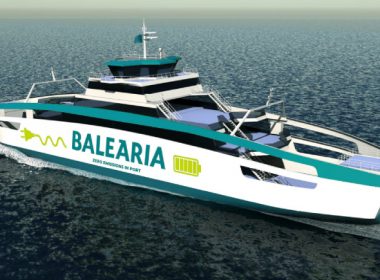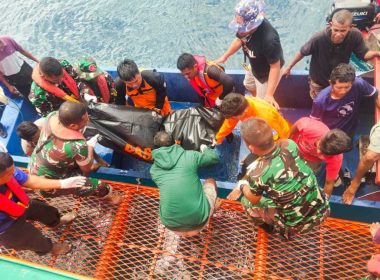EDITORIAL | Ferry fatalities nearly double in 2023
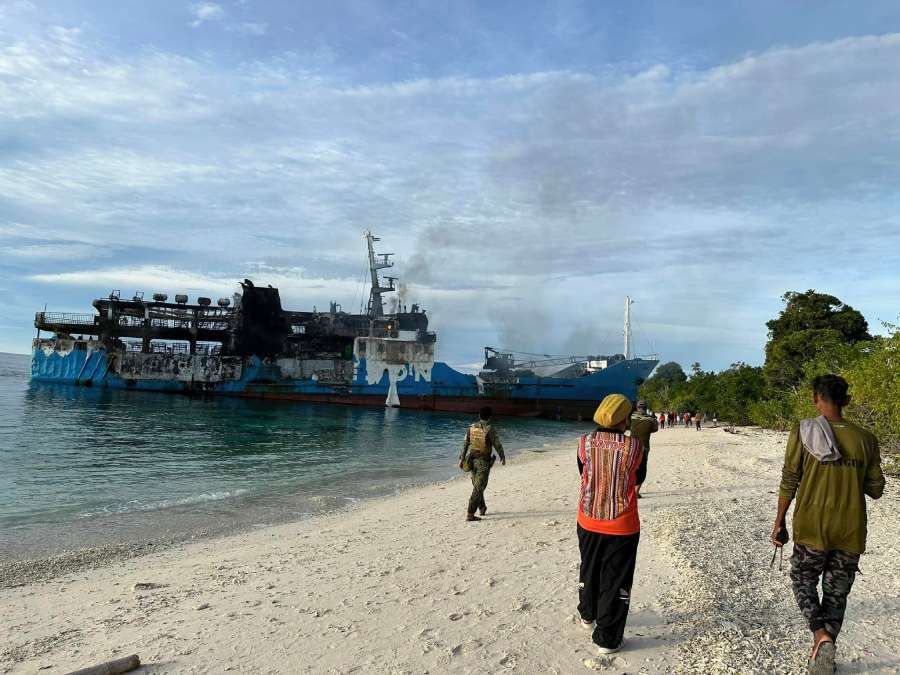
Perhaps made complacent by a comparatively low death toll in 2022, the global ferry industry has disgraced itself with a near doubling of fatalities in 2023.
Tragically, 2024 is already looking worse – much worse. In January 2024, alone, 237 people have been the victims of ten ferry accidents. The ”accident” locations and their causes, of course, remain much the same year after year. When will we ever learn or, better still, do something about the problem?
The 2023 death toll of 1,308 was almost as bad as the dreadful 1,378 fatalities incurred in 2021, which was a particularly bad year. As usual, the vast majority of deaths, amounting to around 80 per cent, occurred in various hopelessly corrupt African “failed states” with the DR Congo and Nigeria standing proud as the most dangerous places on earth for ferry travel. Between the pair of them, they accounted for 70 per cent of the world’s ferry fatalities in 2023. Already, in January 2024, those two countries account for 91 per cent of global ferry fatalities.
It should be pointed out, however, that only a negligible proportion of the total of fatalities occurred in western developed countries or involved modern, well-constructed, and well-crewed vessels. Ferry travel remains very safe for most people except, very largely, those poor individuals who have to cross African or south Asian rivers and lakes on dilapidated wooden craft crewed by incompetents.
Few changes to causes or locations
The data upon which these comments are based is derived from the Baird Maritime Passenger Vessel Accident Database, which we have been compiling since 1983. While we strive for total accuracy, that has proved to be impossible because so few accidents in developing countries are ever reported. However, the development of the world wide web has led to significant improvement in that regard over the past twenty years. There are no better data available, and since many countries are disinterested in or even hostile to the gathering of such embarrassing data, supposedly official figures such as those provided by the International Maritime Organisation are decidedly spurious.
What can be comfortably assumed, though, is that the BMPVA Database is conservative and more accurate than any other source. Given we can only work on “known” accidents, the real situation can safely be assumed to be significantly worse.
Yet again, we have no data from the “hermit kingdoms” of Myanmar and North Korea. They almost certainly would have experienced ferry accidents, most probably fatal ones.
It may also be assumed that ferry passenger numbers in 2023 had returned substantially to pre-Covid-19 levels. They had certainly lifted significantly from 2020-2022. So, that may be part of the reason for the increased number of fatalities in 2023. However, against that, some of the once poorly performing nations such as the Philippines, Bangladesh, China, Indonesia, and India have continued to reduce their ferry death tolls very impressively. They, particularly China and the Philippines, have shown clearly what sensible regulation, education, and rigorous enforcement can achieve. Indonesia, India, and Bangladesh, too, have been showing very impressive improvement recently.
IMO remains disinterested
Disappointingly, the IMO continues to pay little more than lip service to the problem of domestic ferry safety in “developing countries” that may better be described as “failed states” (not that the IMO would ever use that expression). Similarly, the word “corruption” is not in the IMO lexicon and the organisation continues to hide behind its “inability to interfere in the internal affairs of its sovereign member states” dictum.
The IMO has failed completely in promoting its very useful Model Regulations on Domestic Ferry Safety, which were originally promulgated in mid-2020 thanks to extensive lobbying by the Chinese Maritime Safety Administration, the author, the Maritime Industry Authority of the Philippines, and ferry industry association Interferry. Their efforts, so far, thanks to IMO disinterest, appear to have been a waste of time and money.
Digging deeper into causes
It is important to note that the vast majority of fatal ferry accidents involved dilapidated and unstable wooden craft operating on inland waterways. The majority of those craft, too, were not equipped with any kind of life-saving equipment, especially lifejackets. The fact that 48 per cent of fatal accidents arose from capsizes and another 38 per cent from vessel disintegration, collision or allusion, fire or, simply, sinking confirms that human error, especially negligence, is by far the most important underlying cause of such accidents. The vast majority of those capsizes, disintegrations and sinkings, of course, were associated with overloading, usually gross overloading.
Importantly, no modern, properly designed, constructed, and maintained vessels suffered fatalities in 2023. Also, only twenty fatalities were reported in developed countries. Almost all of those involved small, fast tourist boats where operator error was inevitably the cause.
Possible improvements
While it is disappointing that the ferry fatality toll increased so dramatically in 2023, it is encouraging that some once poorly performing nations have improved so impressively. South and South-East Asian nations still have room for improvement, but they offer an excellent example of what could be done by the “basket case” administrations in sub-Saharan Africa. They undoubtedly need help from the developed world, but that help need not be terribly expensive. Lifejackets are cheap and simple, stable catamaran craft could be constructed locally even if from imported kits. If sensibly designed, such small catamarans could solve much of the capsizing problem because they would run out of deck space before they become unstable.
The biggest problem remains that of human error, fundamentally in the form of gross negligence. That, however, requires substantial reform by governments in terms of regulation, education, and enforcement.
Short of significant assistance from the IMO, that, sadly, is probably too much to expect from the governments concerned. It seems they simply don’t care.


